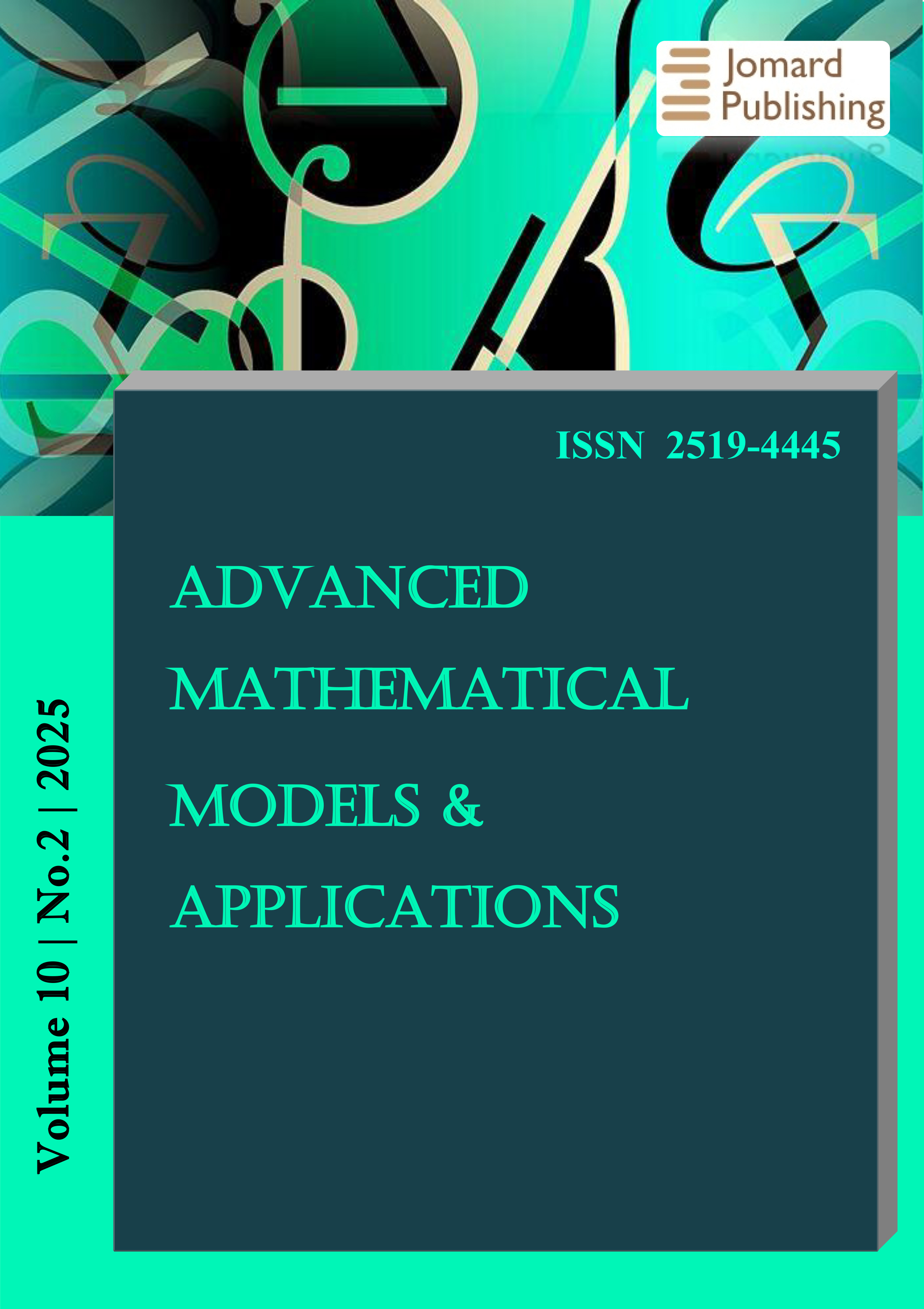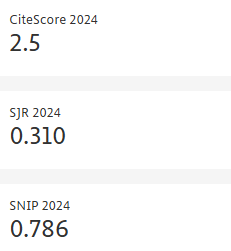Forecasting of the Epidemic Propagation Based on Solving the Inverse Problem for Discrete and Continuous Mathematical Models of Epidemics with Vaccination
- Published: 03-08-2025
Share
Discrete and continuous compartmental models of the spread of the epidemic are considered, taking into account vaccination and limited time spent in groups. Models include the following groups of people: susceptible, contacted, three categories of patients that are undetected, isolated and hospitalized, immunized, vaccinated, and contact vaccinated. Conducted qualitative and quantitative proposed models. The influence of process parameters is investigated. The problems of restoring the coefficients of the equations under consideration are set based on the results of measuring the number of registered patients, vaccinated and deceased. The inverse problems under consideration are solved using the corresponding optimization methods. As an example, the spread of the COVID-19 epidemic in Kazakhstan is being studied.
- View 599
- Downloads 87
- Saveds 0
- Citations (Crossref) 0


